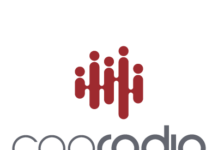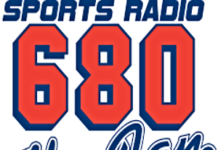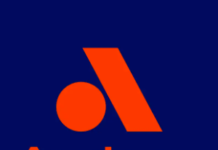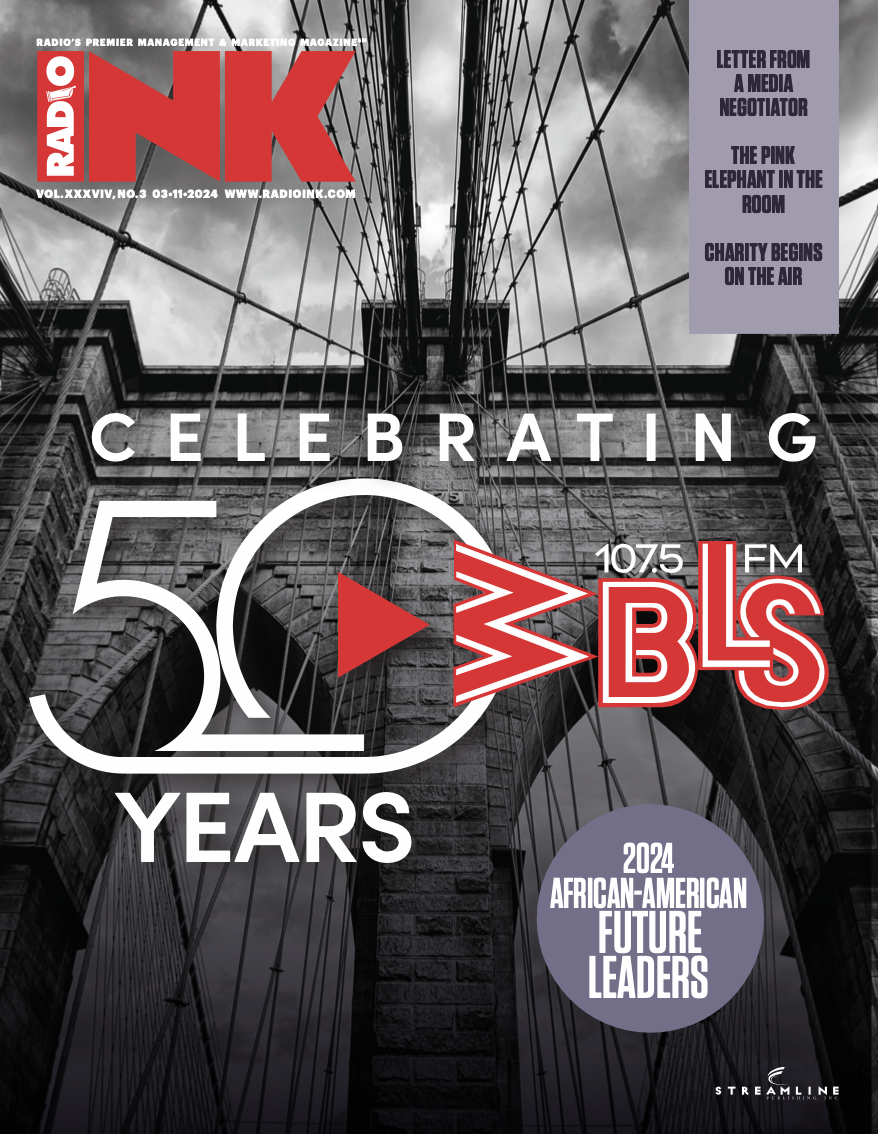
Advertisers are attracted to online media because they’re not entirely happy with their investments in traditional broadcast media. To understand the reasons behind this widespread disappointment, we need only understand the seductive nature of linear, no-threshold thinking.
We have reliable data that tells us exactly how many motorcycle riders have died trying to navigate an S-curve at 100 miles per hour. The straightforward logic of traditional accounting, with its linear, no-threshold thinking, predicts one-tenth as many deaths at 10 miles per hour.
But we know this is ridiculous. The number of riders who die at 10 or 20 miles per hour is likely to be zero. There is a threshold speed at which the curve becomes dangerous.
Linear, no-threshold thinking assumes that every statistic is scalable. It’s what causes advertisers to assume they can “test the waters” with small investments, then increase their financial commitments if the results are positive.
If an ad needs to be encountered only once to trigger a sale, it’s a direct response ad. Direct-response ads are scalable — but not everything can be sold that way. Most products and services require that their ads be encountered again and again.
Pepsi has been a household word since before we were born, so why do they keep advertising? Couldn’t they reduce their mass-media spending and still maintain their sales volume? In a word, no.
We know this for certain because Pepsi did, in fact, try it.
According to Bob Hoffman, keynote speaker at the 2014 European Advertising Week conference:
“In 2010, Pepsi canceled all its TV advertising and its Super Bowl advertising to great fanfare and bet big on the largest experiment in social media marketing ever attempted, ‘The Pepsi Refresh Project.’ Time magazine quoted the CEO of a New York brand consultancy: ‘This is exactly where Pepsi needs to be. These days brands need to become a movement.’ Well, they became a movement all right. I estimate the Refresh Project cost them between $50 million and $100 million. It got them 3.5 million Facebook likes and a 5 percent loss in market share, which they seem to have never recovered. That year, they dropped from the second-best-selling soft drink in the U.S. to third.”
Hoffman went on to say that TV and radio are best at creating demand, while the Web is terrific at fulfilling demand. The interviewer then challenged Hoffman, saying, “But it is changing. And it’s changing fast. Ten years ago 93 percent of the public got their news from television and only 7 percent got their news online. Today it’s 26 percent online.”
Hoffman’s response reflected his 40 years of experience directing ad campaigns for McDonald’s, Toyota, Shell, Nestle, Blue Cross, Chevrolet, and Bank of America.
“What we often confuse is the use of digital media with its power as a marketing or advertising entity. The fact that more people are using online for news is not de facto proof that it’s a good advertising medium. Let me give you an example: Everyone in the world had a telephone. It was a hugely popular means of communication. That didn’t make it a good advertising medium. It was a lousy advertising medium. The fact that people use it for communication or to get information or to have conversations doesn’t necessarily make something a good advertising medium.”
Now let’s get back to why so many advertisers are frustrated with their TV and radio campaigns.
Motorcycles go out of control when their riders accelerate them beyond the safe speed threshold while trying to navigate an S-curve. Trips through the curve below the safe threshold speed are uneventful, but trips through the S-curve above the threshold are dangerous. In other words, the ratio of crashes to speed isn’t “scalable” because the motorcycle behaves very differently at speeds above and below the threshold. The skill of the rider is another variable.
Thresholds are inevitable when measuring human response. The motorcycle safety threshold is all about 1) speed and 2) the skill of the rider. But mass-media advertising is all about 1) repetition and 2) the impact of the message.
Ads that deliver minimal results in the first few months often become highly effective when you’ve crossed the repetition threshold of the listener. A customer needs to encounter the average message multiple times before it is likely to be retained.
Advertisers often ask, “How many times does the average person have to see or hear my message before it will be transferred into the automatic recall part of the mind?” Although this seems like a reasonable question, it’s a little bit like asking, “How many ounces of alcoholic beverage does it take for the average person to get drunk?” We can’t really answer the question until we know whether the beverage is beer with 5 percent alcohol, wine with 14 percent alcohol, or Scotch with 45 percent alcohol.
How strong are your ads? The more memorable your ads, the fewer times they have to be heard.
Great ads are created by great writers. How many do you have working for you?
Increase the number of great writers on your team and you’ll increase your local-direct billings. I guarantee it.








